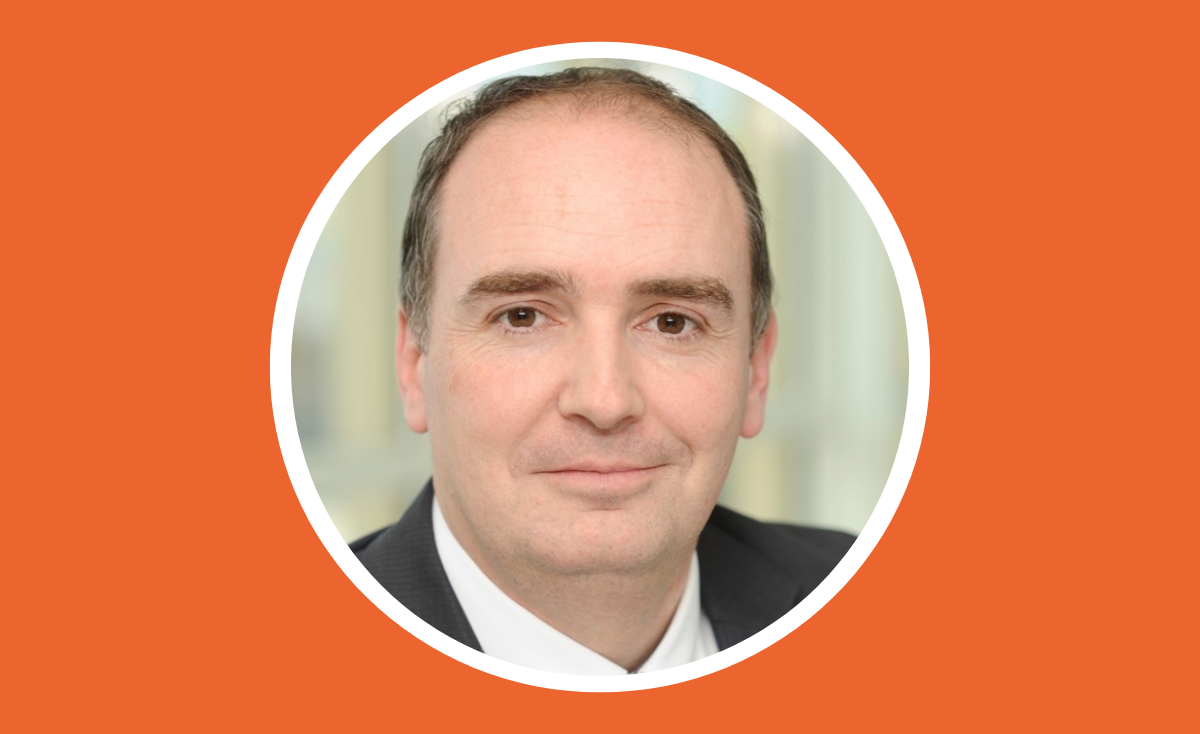
Jean-Philippe: Some of the biggest challenges for 2021 will be to maintain a constructive approach (continuing to be risk on), playing the global recovery post-Covid and navigating through the potential volatility in the market.
While we don't expect to have a new crisis this year, it will be tough to maintain global exposure to risk assets to maintain current income whilst also remaining cautious and dealing with interest rates in the US, inflation fears and expensive valuations in many areas.
This is made harder because many traditional measures or concepts are no longer very relevant in the current environment. For example, it’s difficult to predict bankruptcy and default ratings for different companies where you have state programs in place. That means it’s hard to assess the real quality of credit of one company and its capacity to overcome these difficulties.
“It’s difficult to predict bankruptcy and default ratings for different
companies where you have state programs in place.”
The same is true for government bonds, you have the liquidity and safety in the short term with massive liquidity and central banks support. But what is the investment thesis to justify holding these debts with negative yields and the long-term risk profile weakened
For all these reasons, I think firms must continue to be very proactive, and try to have a very good mix between maintaining exposures on risky assets, but also being cautious and ready to adapt bets tactically in this market
Jean-Philippe: Another factor felt by all is the acceleration of the importance of the ESG across all asset classes. The main challenge here is to be very clear in term of strategy (stay humble on it) and above all I think to be very concrete in term on objectives and implementation.
“Not a day goes by without a green investment strategy being proposed and
they always promise positive effects and good yields.”
From my side, not a day goes by without a green investment strategy being proposed and they always promise positive effects and good yields… Investors must therefore be careful to avoid the green washing fashion…
I think we need to continue to progress step-by-step at our own pace, regularly measuring our actions, updating our goals and confirming the strategy. This will mean that we are able to choose the right indicators and areas to focus on.
Jean-Philippe: Managing the investment assets of a world credit insurer, we have to deal with our short liability and need to maintain a liquid portfolio with a significant cash pocket (10% on average depending on market conditions) to be able to address a potential increase of non-expected claims.
In this European world of negative interest rates, it is very costly to have cash - as we know - but in the meantime it can be useful and key to be able to seize opportunities to reinvest or to avoid divestments in volatile or over reacted markets.
“In this European world of negative interest rates, it is very
costly to have cash.”
In this context of very low interest rates, as insurers, it is more important than ever to manage our portfolio. This must be done not only on a pure traditional risk/return approach but also considering the return on cost of capital in our asset allocation.
Jean Philippe: Regarding the management of the portfolio I think it's very important to challenge our strategy regularly and be ready to adapt, change and make quick decisions.
Agility is not only a concept – it must be a reality in your daily approach. You need to listen to others, be open, and try to assess all the consequences of your decisions.
In terms of ESG approach, it is important to share your thoughts with non-experts. Ask: is it credible? Understandable? What are the contributions for the company? Can you measure the impact?
Insurers need to face this challenge head on. If more of 50% of your investments are allocated to government & IG corporate bonds, it's probably not sustainable on medium term to maintain this way because of the very low, low yield. So you have to consider to increase alternative assets : real assets, illiquids alternative strategies…
But it's not new and as always not a free lunch. You will have the same potential issues in terms of defaults or unexpected drawdowns. For all these strategy it is always key to have a deep knowledge and expertise to challenge the benefit in term of diversification, yield and risk profile in your strategic allocation.
I'm sure that all insurers will gradually continue to expand their exposures to illiquid assets, but, you need to develop dedicated capabilities and skills first.
As far I am concerned we think about this taking into account our risk appetite and Liability management with the objective to optimise our portfolio and continue to create regular and resilient value for our shareholders.